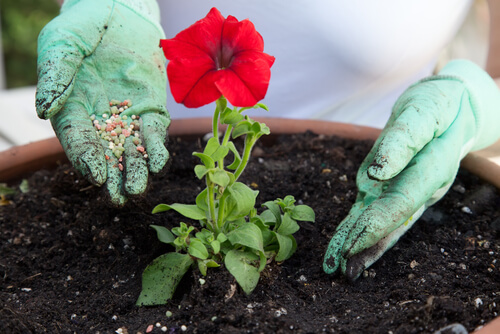
Perennial plants serve as the foundation for most worthwhile flower gardens. Whereas annual plants need to be replaced every spring, perennials meet their maker at the end of the season and then proceed to grow back next year using the very same roots.
Most people are drawn to perennial flowers because they are very easy to care for and often provide consistency in a world of chaotic gardening. They even come in a wide range of colors, textures, and forms. Before you get into the perennial world, it’s important that you familiarize yourself with the basics of selection, and plant care.
The form, culture, bloom time, and lifespan of perennial plants can vary from species to species. Some plants like delphinium and lupines are what you would call short-lived perennials as they have a lifespan that’s limited to three or four years. On the other hand, some perennials can live for periods as long as fifteen years.
1. Fertilizing
You’ll find that most perennial plants don’t eat much and are happy with one meal of fertilizer every spring. For those plants who are already established, just set some fertilizer around them. Annual or biennial application of finished compost or aged manure will improve the soil texture, restore trace elements, and help with water retention.
Getting perennials as opposed to other types of plants is very cost-effective since you won’t be spending a fortune just to keep them fed. You can even make your own compost out of rotten vegetables, dead leaves, and other organic matter that you might have lying around.
You might think that byproducts of cooking are all trash, but they really aren’t. If you want to enrich your soil with nutrients you can mix in some ground up eggshells as they are rich in calcium. As a rule of thumb, minerals that are good for us are also good for plants.